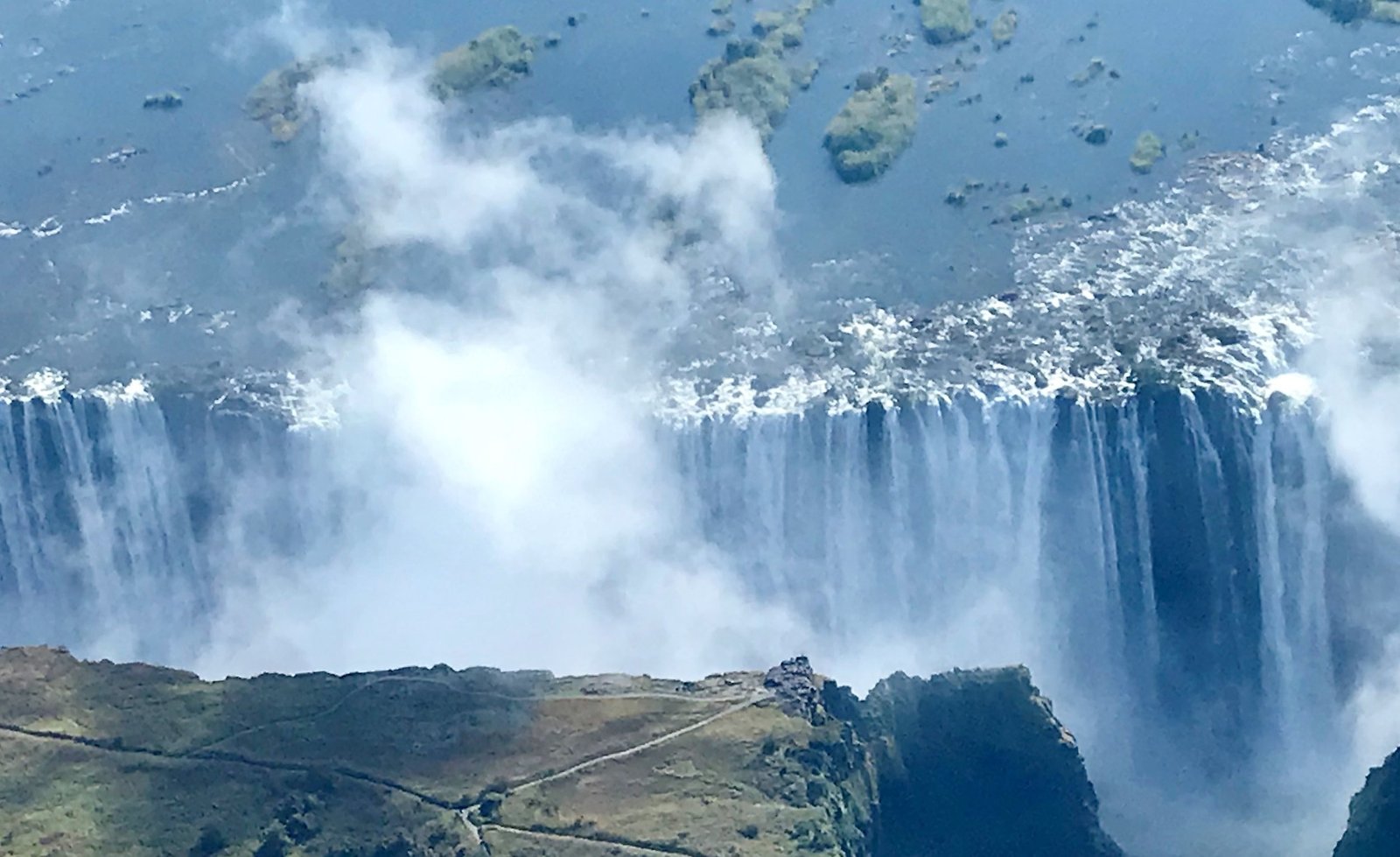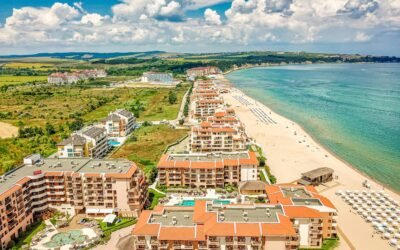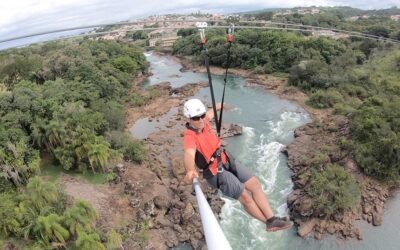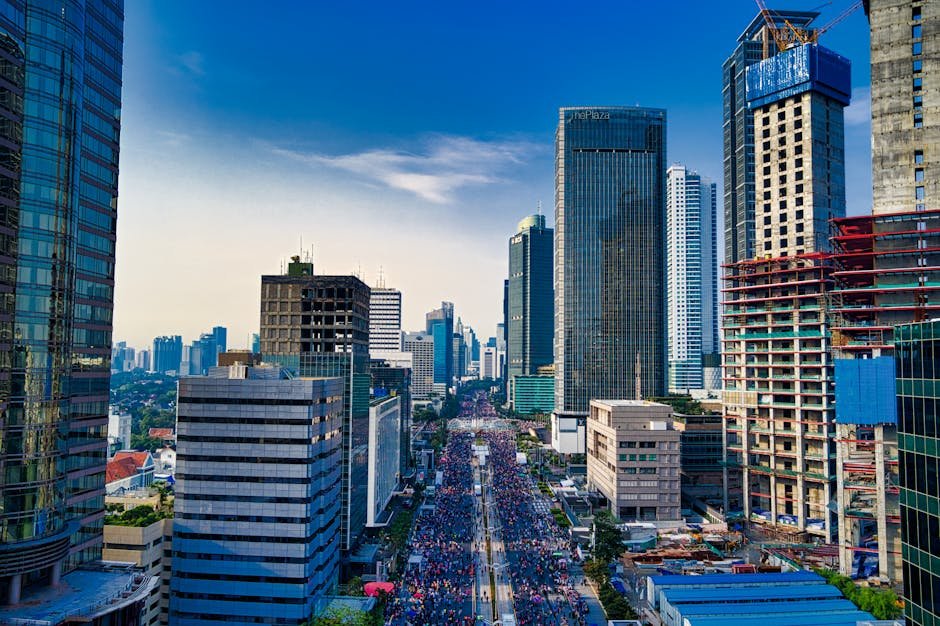Long before it became a global travel icon, Mosi-oa-Tunya — “The Smoke That Thunders” — was, and still is, a place of deep spiritual, cultural, and ecological significance in Southern Africa. Stretching across the border of Zambia and Zimbabwe, the mighty waterfall is one of the largest and most breathtaking in the world. But beneath the roaring cascade lies a rich and complex history — a tapestry woven from tribal mythology, colonial exploration, and environmental heritage.
In this comprehensive article, we delve into the history of Mosi-oa-Tunya waterfall, from its geological formation to its sacred place in local belief systems, its “discovery” by European explorers, and its transformation into a world-renowned UNESCO World Heritage Site.
1. What is Mosi-oa-Tunya? Understanding the Name
Before it was “Victoria Falls,” it was Mosi-oa-Tunya, a name given by the Kololo people, a Southern African tribe that once settled in the region. Translated, it means “The Smoke That Thunders.” The name refers to the towering columns of spray that rise above the falls — sometimes visible from over 40 kilometers away — and the deep, echoing roar of the crashing Zambezi River as it plummets over the basalt cliff.

“Mosi-oa-Tunya” isn’t just a name — it’s an identity, a description, and a cultural anchor for the people who have lived alongside the falls for millennia.
2. Geological Formation – A Story 200 Million Years in the Making
The origins of Mosi-oa-Tunya go back to the Jurassic Period, when volcanic activity laid down thick layers of basalt rock across the Zambezi Valley. Over millions of years, tectonic movement and erosion created a series of eastward-facing faults. Water from the Zambezi River began to exploit these faults, carving out deep gorges and forming the chasm over which the water now falls.

Today, the falls stretch over 1.7 kilometers (1.1 miles) wide and plunge to a depth of over 100 meters (328 feet) — making it the largest curtain of falling water in the world.
3. Mosi-oa-Tunya in Indigenous Belief Systems
To the Toka-Leya, Lozi, Tonga, and Kololo peoples, the falls are more than a natural phenomenon — they are sacred.
Key Beliefs:
-
Spiritual Realm: Mosi-oa-Tunya is believed to be a dwelling place of ancestral spirits. Local rituals were (and are) conducted to honor these spirits and ensure harmony between nature and humans.
-
Rainmaker Worship: The powerful display of water and mist led to the association of the falls with rainmaking deities.
-
Restricted Access: In ancient times, only chiefs or spirit mediums could approach certain parts of the falls for ceremonial purposes.
These traditions continue today in varying forms, often integrated into cultural performances and storytelling.
4. Early Inhabitants – The First People of the Falls
Archaeological evidence indicates that humans have lived near Mosi-oa-Tunya for over 50,000 years, beginning with hunter-gatherer communities during the Stone Age. The earliest tools, pottery shards, and even ancient iron smelting sites have been found near the present-day town of Livingstone.
These groups:
-
Depended on the Zambezi River for fishing and agriculture
-
Revered the waterfall as a central natural force
-
Traded along regional routes connecting modern-day Zambia, Zimbabwe, and Botswana
5. European Exploration and the Arrival of David Livingstone
The first recorded European to witness the falls was David Livingstone, a Scottish missionary and explorer, who reached the site on November 16, 1855. He was led there by local Makololo guides. Deeply moved by the sight, Livingstone famously declared:
“Scenes so lovely must have been gazed upon by angels in their flight.”
He named the falls “Victoria Falls” in honor of Queen Victoria of Britain, beginning a dual naming legacy that still persists today.
Livingstone’s arrival marked the beginning of European mapping and colonization of the region, which would dramatically alter its sociopolitical and cultural landscape.
6. Colonial Impact and the Renaming to Victoria Falls
Following Livingstone’s visit, the region became increasingly absorbed into the British South Africa Company’s territories, led by Cecil Rhodes. Infrastructure, including railways and bridges, was developed to connect Southern Africa under British colonial rule.
-
The Victoria Falls Bridge, completed in 1905, became a key link in the Cape-to-Cairo railway vision.
-
European colonizers suppressed indigenous customs and attempted to replace the Mosi-oa-Tunya name with Victoria Falls in all official records and maps.
-
The indigenous people were displaced to make way for conservation areas and settler towns like Livingstone (Zambia) and Victoria Falls (Zimbabwe).
7. Infrastructure and Tourism in the 20th Century
With easier access came a growing tourist industry. In the 1920s and 30s, luxury rail tours brought wealthy visitors from Europe to see the “smoke and thunder.” During this time:
-
Hotels like The Victoria Falls Hotel (opened in 1904) catered to elite tourists.
-
Sightseeing, photography, and boat cruises became popular.
-
Conservation areas were set aside, but often excluded native inhabitants.
By the mid-20th century, the falls were firmly embedded in global travel brochures — but the colonial context of their fame remained controversial.
8. Cultural Preservation and Local Communities
In the post-independence era (Zambia in 1964 and Zimbabwe in 1980), efforts began to reclaim Mosi-oa-Tunya’s cultural identity.
-
Zambia retained the indigenous name in its national park designation: Mosi-oa-Tunya National Park.
-
Cultural villages and museums were created to preserve Toka-Leya, Lozi, and Tonga heritage.
-
Rituals and traditional ceremonies are still held near the falls by local tribes.
Today, dual naming (Mosi-oa-Tunya / Victoria Falls) is common, especially in Zambia, as a nod to both global recognition and ancestral reverence.
9. UNESCO World Heritage Status
In 1989, Mosi-oa-Tunya/Victoria Falls was designated a UNESCO World Heritage Site, acknowledging both:
-
Its natural significance: as one of the most extraordinary geological and hydrological features on Earth
-
Its cultural importance: as a place of spiritual reverence and human history
UNESCO emphasized that preservation must include both the physical falls and the cultural landscapes surrounding them.
10. Modern Conservation and Tourism Balance
Today, the falls face dual challenges:
-
Environmental threats: Climate change, fluctuating water levels, upstream dam projects
-
Over-tourism: Pollution, waste, and erosion caused by heavy foot traffic and commercialization
Efforts to protect the site include:
-
Controlled access to sensitive areas
-
Eco-tourism initiatives
-
Collaboration between Zambian and Zimbabwean authorities for transboundary management
Visitors are now encouraged to support community-led tourism, reduce environmental impact, and engage with the site respectfully.
11. Interesting Historical Facts About Mosi-oa-Tunya
-
Local spirits are believed to reside in the “Rainforest” area near Knife-Edge Bridge — still considered sacred today.
-
The Zambezi River is one of the few rivers in Africa that flows eastward into the Indian Ocean.
-
The original name of the town of Livingstone was “Old Drift,” a small settlement abandoned due to malaria.
-
Over 400 million cubic meters of water plunge over the falls per minute during peak season.
-
The Batoka Gorge, downstream of the falls, was formed by retreating waterfall erosion and houses multiple ancient channels.
Conclusion – A Living Monument of Nature and Humanity
Mosi-oa-Tunya is more than a waterfall. It is:
-
A spiritual site for indigenous Zambians and Zimbabweans
-
A marvel of ancient geology and modern tourism
-
A battleground for conservation and cultural recognition
Its story is still being written — not just in guidebooks, but in the rituals of local tribes, the roar of the river, and the dreams of those who come to witness it.
As the Zambezi flows and the mist rises, Mosi-oa-Tunya continues to thunder — carrying the voices of its past into the present.
Bonus: Suggested Resources for Further Reading
-
“Missionary Travels and Researches in South Africa” by David Livingstone
-
UNESCO’s Official World Heritage page on Mosi-oa-Tunya/Victoria Falls
-
The Livingstone Museum archives (Zambia)
-
Zambia National Heritage Conservation Commission
-
Oral histories from the Toka-Leya and Lozi elders








0 Comments